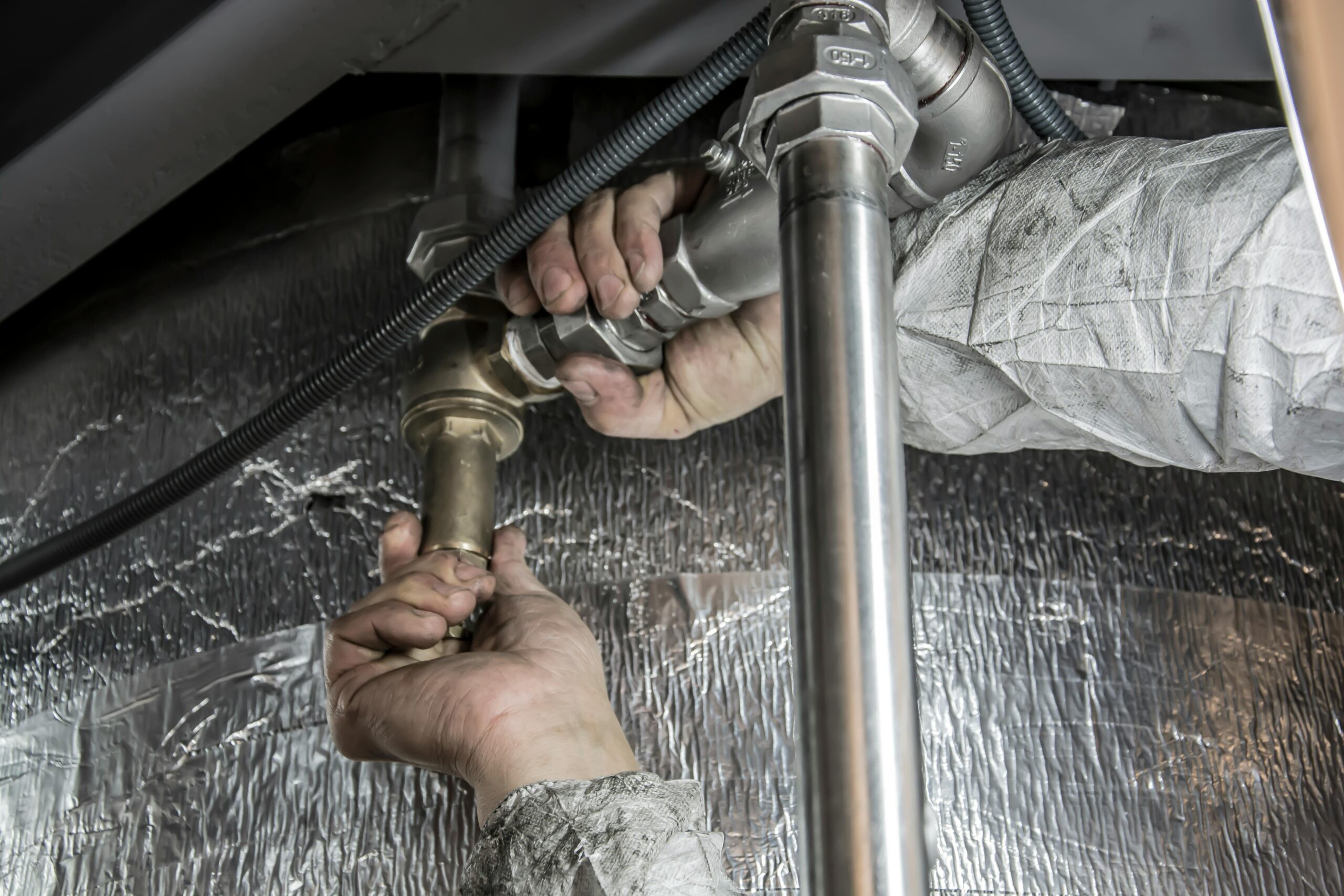Pipe repair techniques for homeowners involve methods to fix damaged plumbing pipes efficiently and safely. Homeowners often encounter issues such as leaks, bursts, or corrosion that require prompt attention to avoid costly damage. Understanding fundamental pipe repair approaches, leak detection methods, and the appropriate times to engage an emergency plumber ensures effective home plumbing maintenance and extends the lifespan of plumbing systems.
- Pipe repair ranges from simple temporary fixes to comprehensive professional solutions.
- Effective leak detection is essential for timely plumbing repairs and avoiding water damage.
- Proper home plumbing maintenance reduces the risk of pipe damage and emergency repairs.
- Knowing when to call an emergency plumber is crucial for managing severe leaks or bursts.
- Various materials and techniques are available, tailored to specific pipe types and damage conditions.
Pipe repair constitutes a critical aspect of home maintenance, ensuring that plumbing systems function efficiently and minimize water loss or structural damage. Homeowners facing pipe issues can choose from DIY repairs, temporary fixes, or professional services, depending on the severity and nature of the problem. This guide outlines practical pipe repair techniques, essential plumbing repair tips, and strategies for detecting leaks while highlighting when professional intervention is advisable.
Plumbing systems are integral to modern homes, delivering water safely and efficiently to kitchens, bathrooms, laundry rooms, and outdoor areas. Over time, pipes can sustain damage from corrosion, freezing temperatures, physical impact, or wear and tear caused by water pressure and environmental factors. Timely repair of pipe damage is necessary to prevent leaks that can cause mold growth, structural deterioration, and increased water bills. Homeowners benefit from understanding common pipe repair techniques applicable to various materials and damage scenarios, recognizing early signs of pipe damage, and implementing routine home plumbing maintenance to mitigate future plumbing failures.
Main Pipe Repair Techniques for Homeowners
Pipe repair refers to the methods used to restore the integrity and function of damaged plumbing pipes. The choice of repair technique depends on pipe material (such as copper, PVC, PEX, or galvanized steel), damage type (leak, crack, corrosion), and accessibility. Common repair methods range from temporary patching to permanent pipe replacement.
One of the simplest temporary fixes involves using a pipe repair clamp or rubber patch with a hose clamp. This method is effective for small leaks or cracks in accessible sections of metal or plastic pipes. The clamp compresses the damaged area, stopping water flow until permanent repairs can be scheduled. Rubber pipe repair kits usually include an adhesive patch that seals minor holes.
Another common repair technique is using epoxy putty or resin compounds designed for plumbing applications. Epoxy-based products bond to wet or dry surfaces and cure to form a hard, waterproof seal. They work well for small leaks in copper or PVC pipes and can be applied without turning off the water supply in some cases. These materials provide a durable fix but are generally considered temporary until professional assessment confirms long-term viability.
For damaged plastic pipes, such as PVC or CPVC, repairing may involve cutting out the damaged section and replacing it using solvent cement fittings or push-fit connectors. Push-fit technology allows for fast installation without special tools and creates a secure seal resistant to leaks. This method requires shutting off the water supply before removal and replacement.
In cases of extensive corrosion or multiple leaks, full pipe replacement might be necessary. Copper pipes, for example, can corrode internally due to acidic water or galvanic reactions with other metals, compromising the pipe’s strength. A professional plumber can install new piping materials suited for the home’s water quality and usage patterns, such as PEX, which offers flexibility and resistance to corrosion.
Leak detection plays a crucial role in identifying hidden plumbing issues that are not immediately visible. Techniques include visual inspections, water meter monitoring, and acoustic listening devices that detect the sound of escaping water within walls or underground pipes. Early detection minimizes damage and reduces costly emergency repairs.
Homeowners can implement plumbing repair tips such as regularly inspecting visible pipes for signs of moisture, corrosion, or damage, and understanding water pressure levels. High-pressure systems increase stress on pipes and joints, raising the likelihood of leaks or bursts. Installing pressure regulators helps maintain safe operating levels.
Certain situations necessitate contacting an emergency plumber immediately. These include large pipe bursts, sewage backup, or leaks near electrical wiring, where safety and rapid mitigation are paramount. Emergency plumbers are equipped to isolate the problem source, effect swift repairs, and prevent further property damage.
Regular home plumbing maintenance also extends pipe life and reduces the frequency of repairs. Maintenance activities include draining water heaters annually to eliminate sediment build-up, insulating exposed pipes to prevent freezing, and cleaning drains to prevent clogs that cause pressure backups and pipe stress. These routine tasks support overall plumbing system health.
In summary, effective pipe repair techniques for homeowners incorporate a range of methods tailored to the pipe material, type of damage, and urgency. Basic repair options include clamps, epoxy putty, and section replacement, while professional services handle complex repairs and emergency situations. Emphasizing leak detection and home plumbing maintenance contributes to early problem resolution and minimized repair costs. Consulting an emergency plumber is advisable when damage severity exceeds simple DIY fixes or when safety hazards exist. For further insights and updates on home plumbing solutions, explore additional resources available at Jersey Plumbing.

Recent Comments